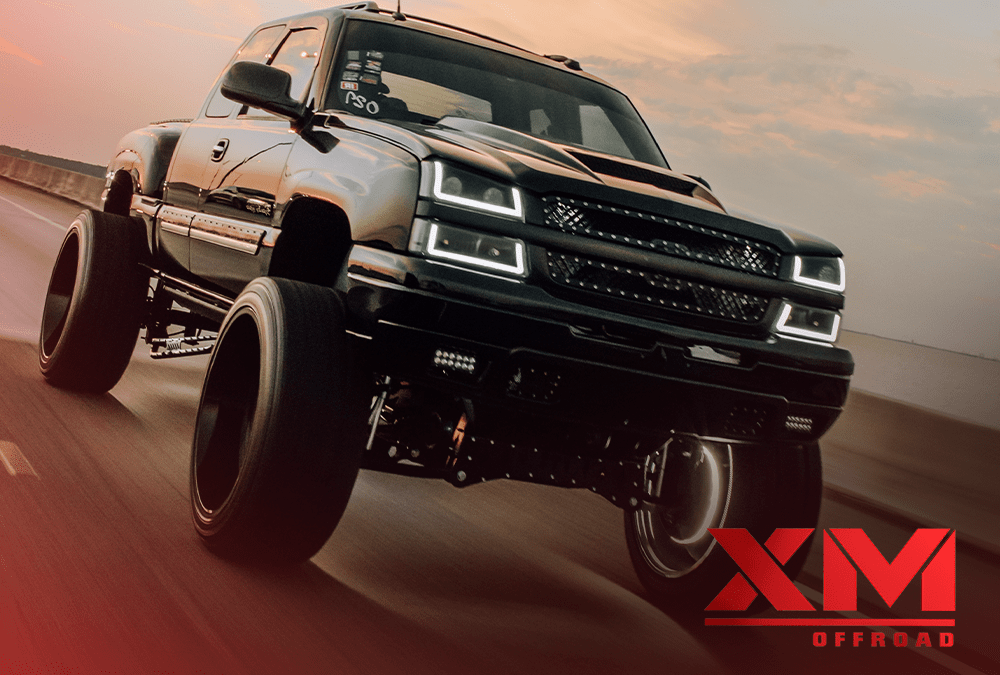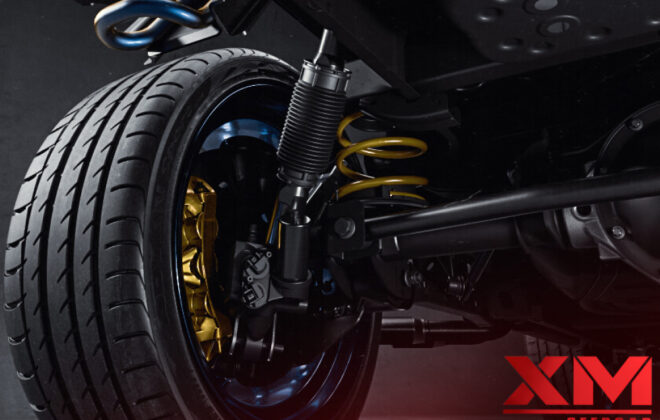
5 Signs of a Bad Wheel Bearing
You are already aware that your vehicle cannot operate safely or properly without good, sturdy wheels. However, what you might not realize is that the wheel is not a simple component. There is a lot of complexity in designing a wheel and several other components that must work together. The wheel bearing is an excellent example of this. Wheel bearings are essential for your wheels to function correctly—specifically, for the hub, tire, and assemblies to work in unison. Unfortunately, they are also vulnerable to abuse, so it is critical to recognize the bad wheel-bearing warning signs. But, before we dive deep into the specifics of worst bearings, signs, risks, and costs, we must first comprehend what it is.
So, did you know that wheel bearings are low-maintenance parts? But that does not imply they are indestructible. So, what exactly does a rim bearing do? How long is it going to last? And how can you ensure to extend its lifespan?
What Is A Wheel Bearing?
A wheel bearing is an essential component of the wheel assembly that connects the wheel to the axle. It is a ring-shaped assembly of steel balls (ball bearings) or tapers (tapered bearings). It allows the wheel to rotate smoothly and with minimal friction. They are safety-critical components that handles radial and axial loads triggered by gravitation, acceleration, braking, and overtaking forces, so they you must replace them when they fail.
How Long Does A Wheel Bearing Last?
The average shelf life of wheel bearings is 136,000 to 160,000 km. However, this is only a guideline; as per the experts at Xtreme Offroad Wheels, the actual lifespan of a rim bearing is based on the quality and the operational conditions.
Read Also: A Complete Overview: How Long Do Wheel Bearings Last?
5 Signs of a Bad and Worn Wheel Bearing
A worn wheel hub bearing is a significant issue. If you leave it on for too long, the wheel may fall off while you’re driving. This could result in a catastrophic accident, putting your life and the lives of others at stake. That is why it is critical to look for signs of a worn wheel hub bearing.
We compiled a comprehensive list of symptoms of a worn wheel hub bearing. Read on to find out what they are.
1) Unusual Noises
The phrase “unusual noises” is intentionally vague.
However, there are numerous strange noises linked with a worn wheel hub bearing.
Among the most common noises are:
2) Turning Causes a Knocking/Clunking Noise
When a wheel hub bearing fails, it places additional strain on the CV joint. When you turn the vehicle, it could cause a knocking/clunking noise.
3) Crackling Sound
A worn or damaged outer CV-joint causes the crackling noise. It could also indicate excessive bearing endplay as a result of poor clamping.
Read Also: Alloy Wheels Guide 101
4) Rumbling/Growling Noise
This noise is most noticeable when the vehicle is traveling in a straight line. However, it becomes worse if the vehicle is turning slightly at 15-50 mph. If you notice this noise, you can usually identify the troublesome wheel bearing. In most cases, you will notice a rumbling noise due to a faulty bearing.
5) Grinding Noise
If you notice a grinding sound, it implies the steering or suspension system has lost its integrity. For example, there could be roller or raceway damage. Also, when a wheel hub bearing is stretched, this noise is loud when the vehicle is turning.
| S.No | Symptom | Possible Cause(s) | Implications |
| 1 | Unusual Noises | General wear and tear | Could be linked with a worn wheel hub bearing. |
| 2 | Knocking/Clunking Noise (when turning) | The strain on the CV joint due to a failed wheel hub bearing | May cause additional damage to the CV joint. |
| 3 | Crackling Sound | Worn or damaged outer CV-joint or excessive bearing endplay | Indicates poor clamping and potential for more severe damage. |
| 4 | Rumbling/Growling Noise | Faulty bearing, most noticeable when the vehicle is traveling straight | A sign to identify the problematic wheel bearing. |
| 5 | Grinding Noise | Steering or suspension system integrity loss, roller or raceway damage | Loud when the vehicle is turning, indicating serious wheel hub damage. |
| 6 | Loose Steering Wheel | Loose fit within the wheel hub and spindle due to a worn-out bearing | Steering instability, which could lead to handling difficulties. |
| 7 | Vehicle Pulling to the Side (when brakes are applied) | Excessive runout due to loose, worn-out bearings | Can cause the vehicle to pull to one side, affecting driving safety. |
| 8 | Uneven Tire Wear | Wheel becomes loose as the wheel bearing wears | Premature and uneven tire wear necessitating early tire replacement. |
| 9 | Wheel Vibration and Shaking | Broken bearing clamp or severe mechanical damage | Indicates the bearing is highly unstable and may cause control issues. |
If you hear strange noises, this guide will also help you figure out which wheel hub is faulty.
1) Loose Steering Wheel
When a wheel hub bearing fails, you may notice some sloppiness in the steering wheel. When a bearing wears out, it causes a loose fit within the wheel hub and spindle. Your steering wheel will feel unstable as a result of this.
2) Vehicle Turning the Side When Brakes Are Applied
Bearings that have worn out become loose. As a result, there is an excessive runout. As a result, the brakes pulsate or pull. In other instances, the vibration is transmitted through the steering by a rotted or pitted bearing. This can also trigger pulling to one side. Your car will pull to one side of the failed vehicle’s rim bearing.
3) Uneven Tire Wear
This occurs when the rim bearing deteriorates sufficiently. Most likely, you will hear noises before you notice uneven tire wear. This is because a worn wheel bearing causes the wheel to become loose. As a result, the tire wears unevenly.
4) Wheel Vibration and Shaking
The bearing in your wheel is very unstable if it is vibrating and/or shaking. That’s because the bearing’s clamp has broken. There could also be severe mechanical damage.
Is a Bad Wheel Bearing Serious Issue?
In short, an issue with your bearings can impair the smoothness of your trip and the durability of your tires, but it can also pose serious safety risks. As a result, having rims bearings assessed at the first sign of trouble is critical.
Don’t take this frequently overlooked auto component for granted. Keep an eye out for these warning signs. Take the automobile to have the wheel bearings inspected by a professional at the first hint of danger.
Read Also: Why Should You Carry A Spare Wheel?
How Long Can A Noisy Wheel Bearing Be Expected To Last?
A disruptive wheel bearing is an obvious sign of a warning. As much as a noisy bearing could get you close to 1000 miles without first causing extensive damage to your wheel, we recommend replacing your vehicle’s rim bearing once you’ve determined that the hub is no longer functional.
Final Thought
This article has effectively guided you through the signs and symptoms of warnings and outlined other aspects of the bad wheel bearing. However, if you find this guide difficult to follow, you should seek professional help to avoid further damage to your wheel.
So, when was the last time you did check your wheels? Are you planning for a long yet smooth trip with your friends or family? Heed to your nearest auto shop and get your car’s rim bearing checked before kick-starting your next ride.




